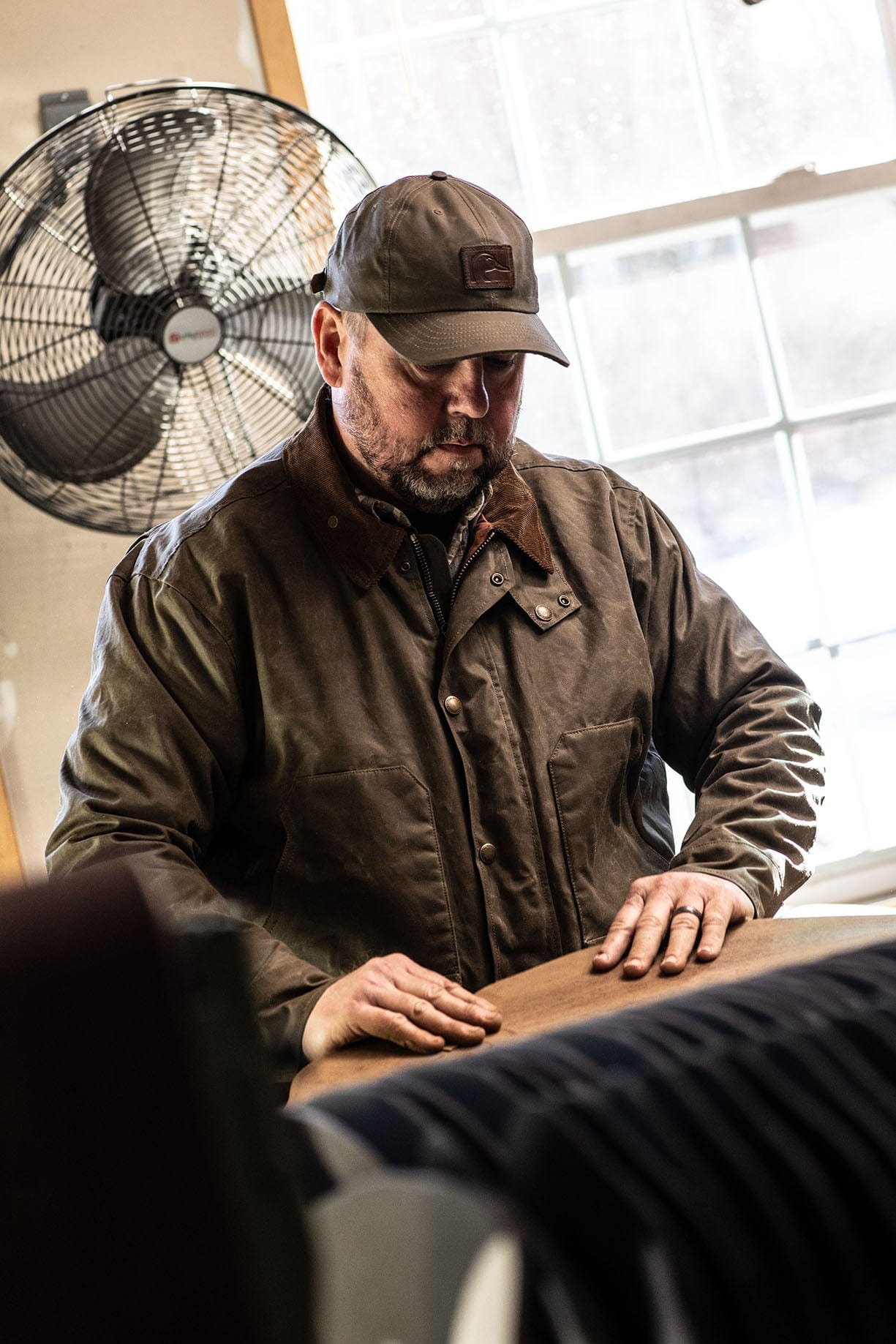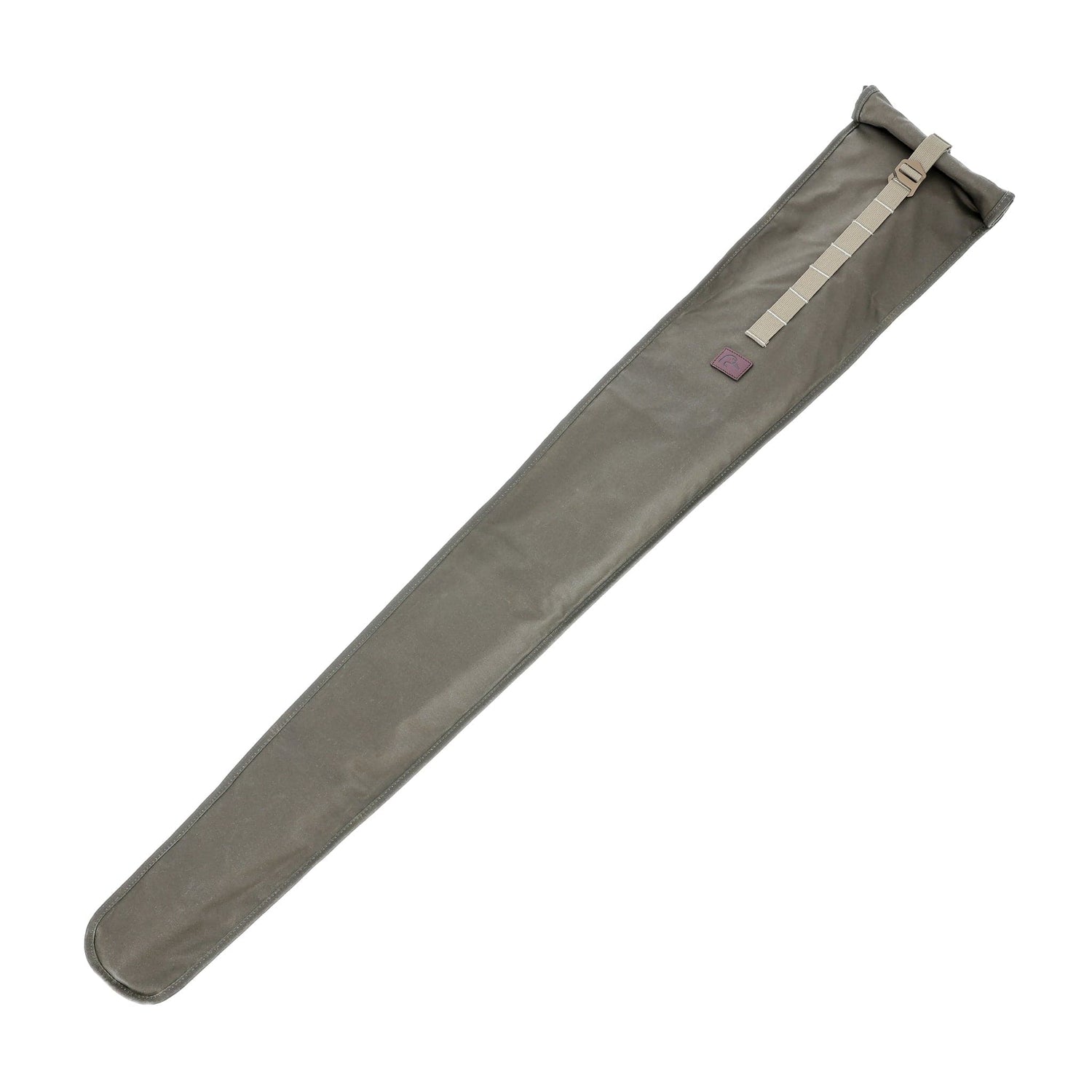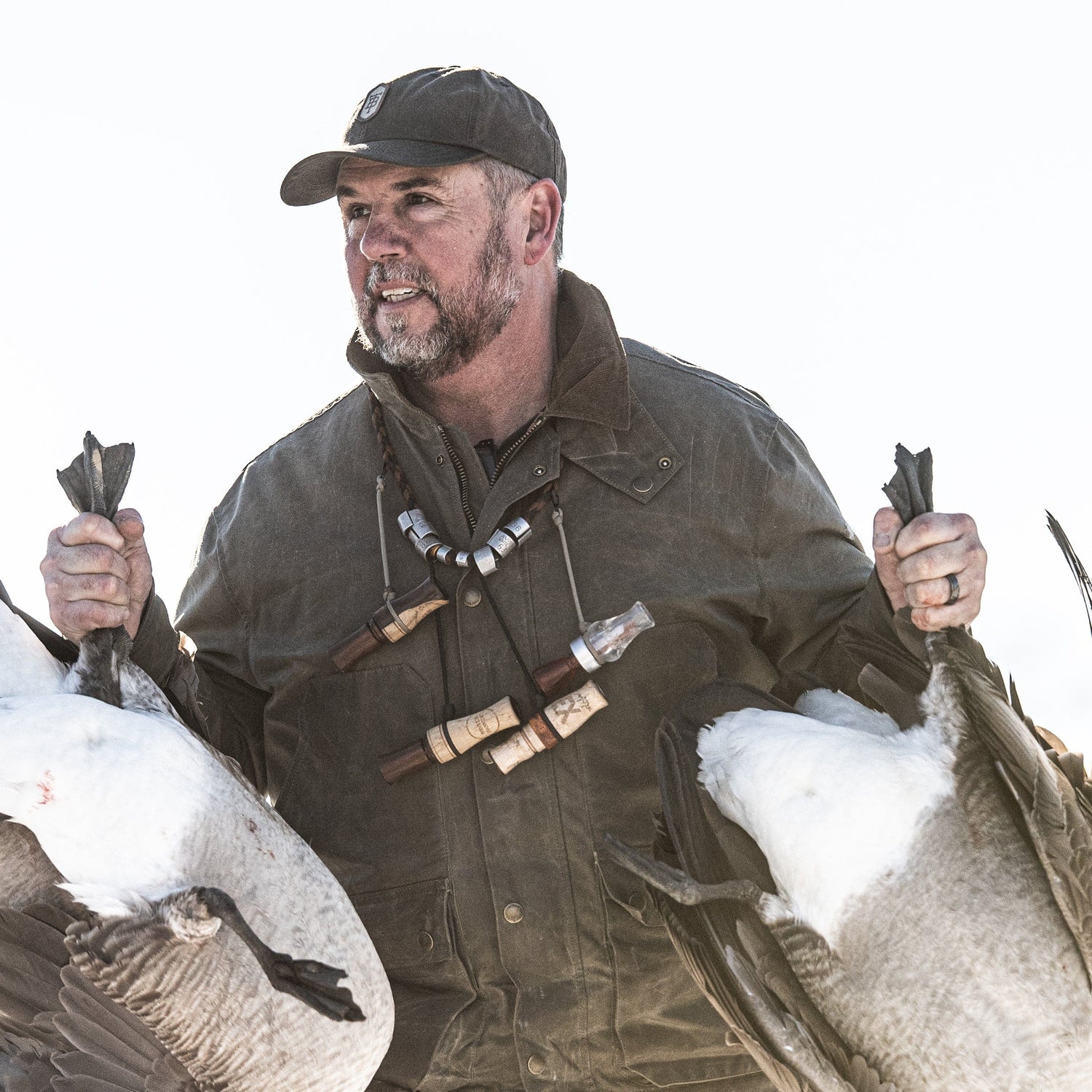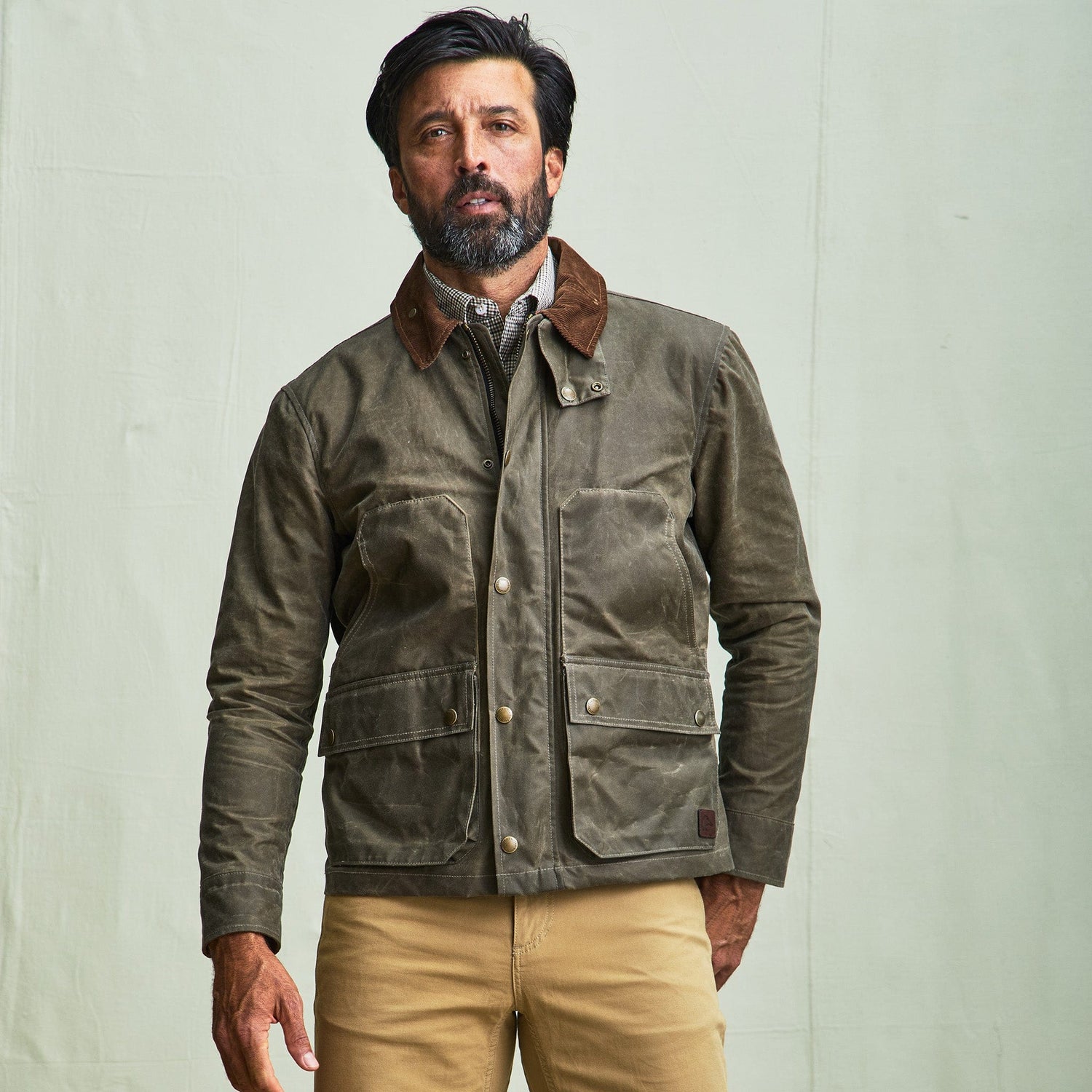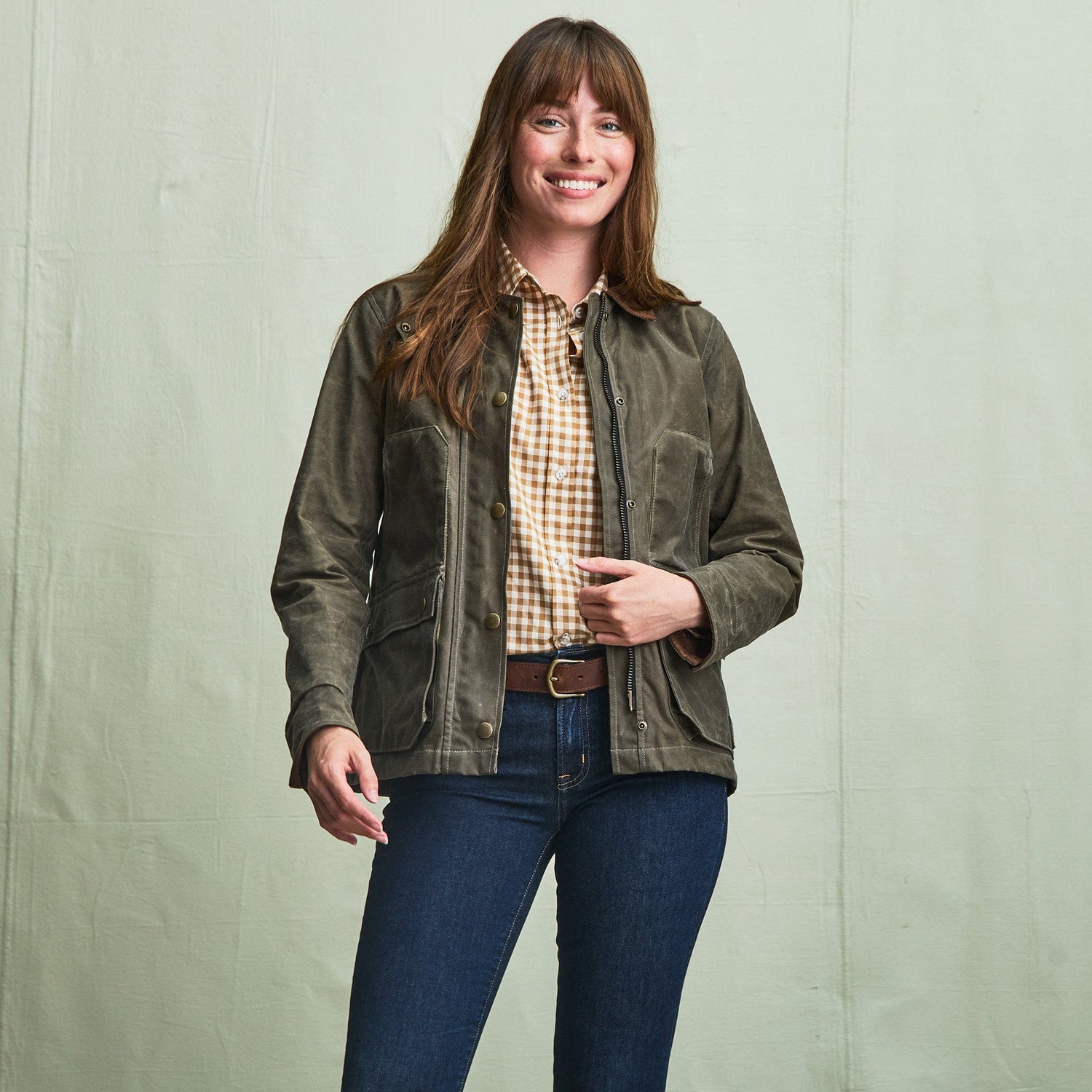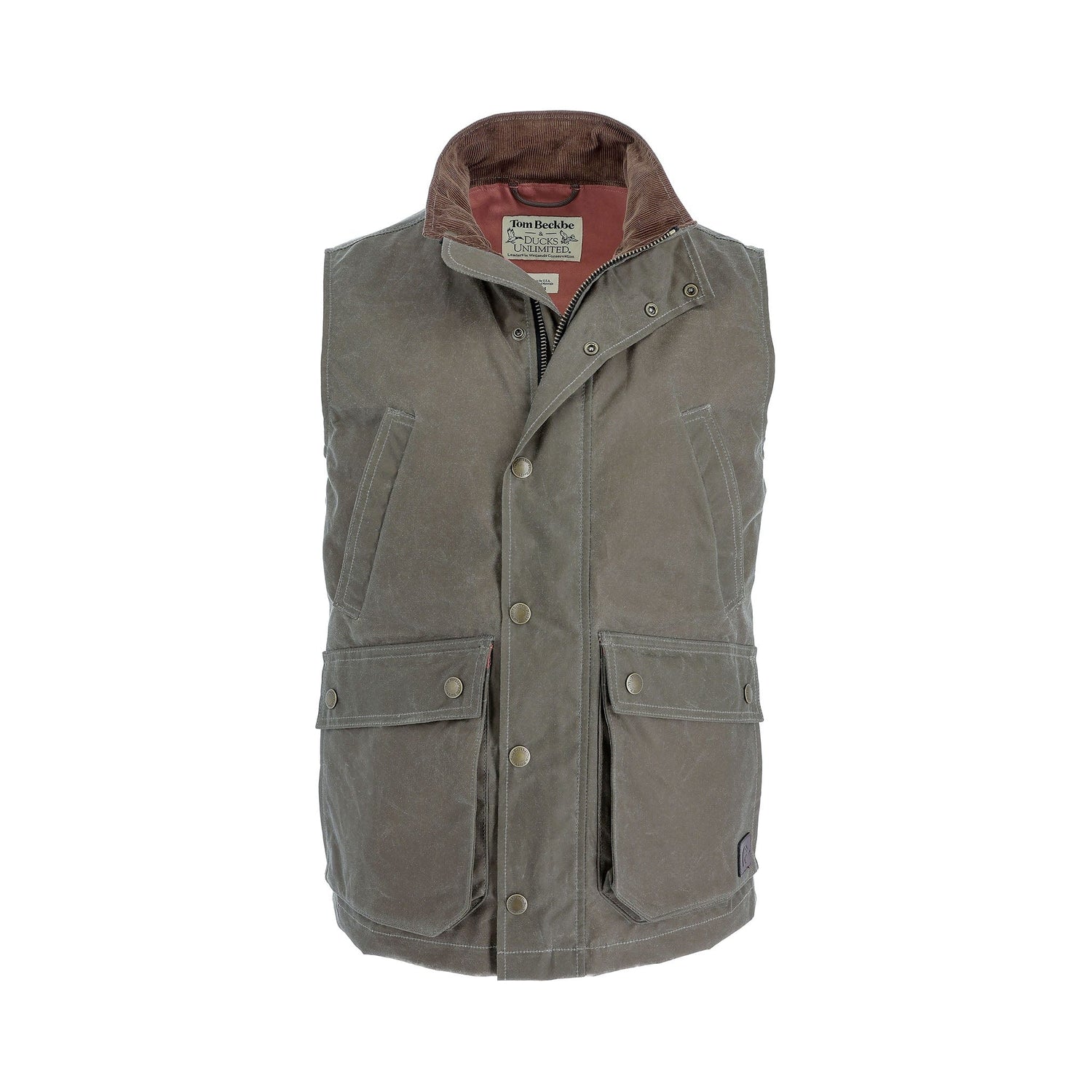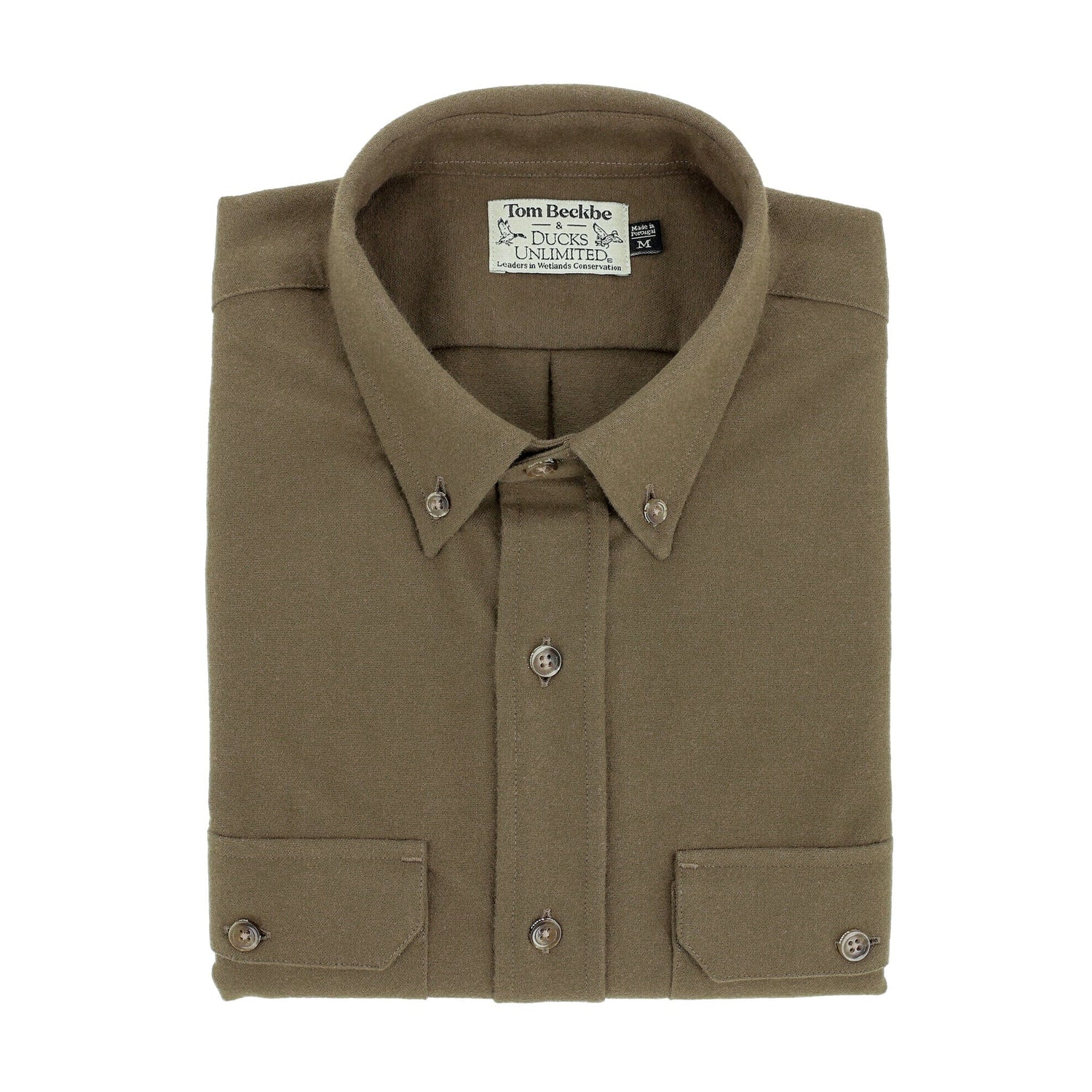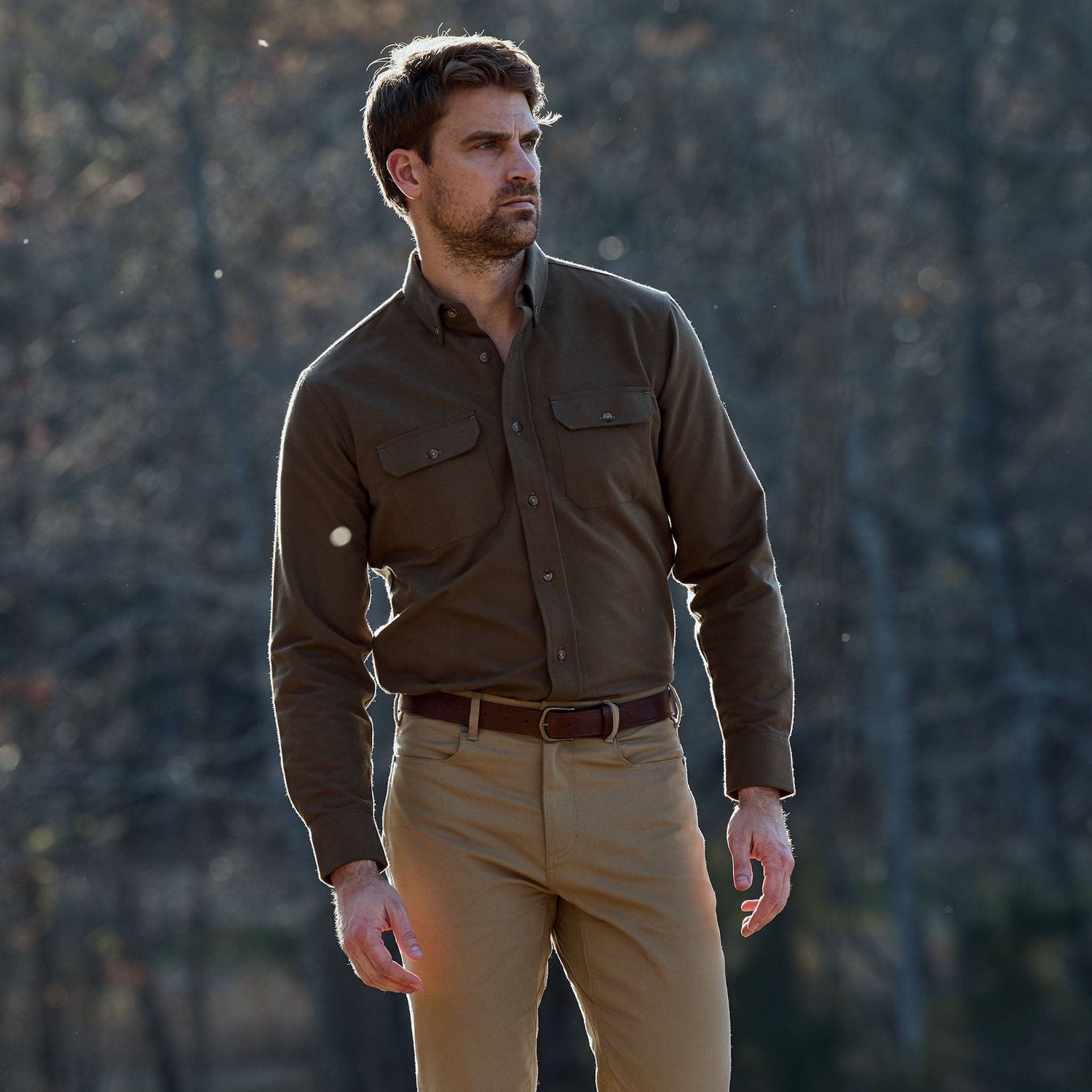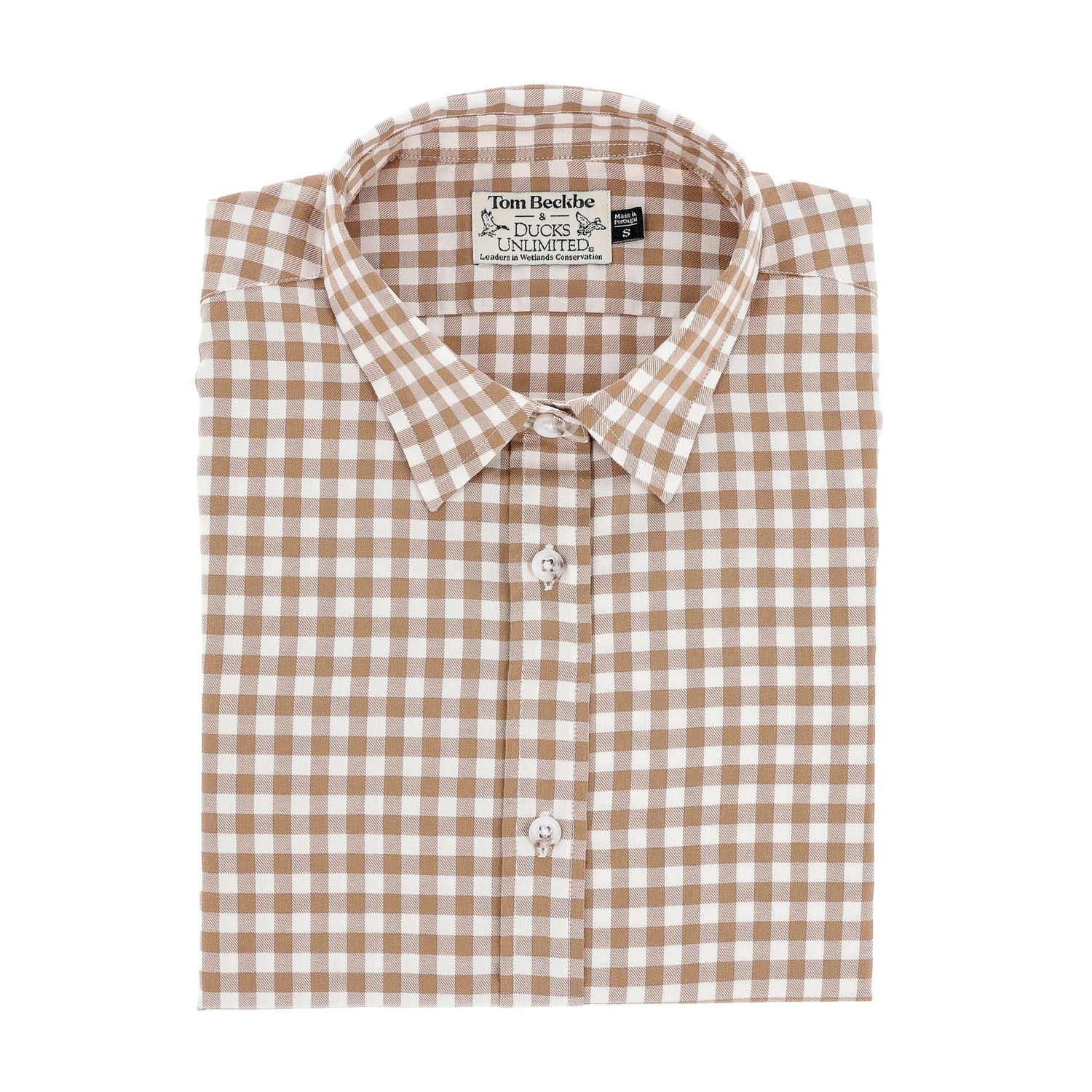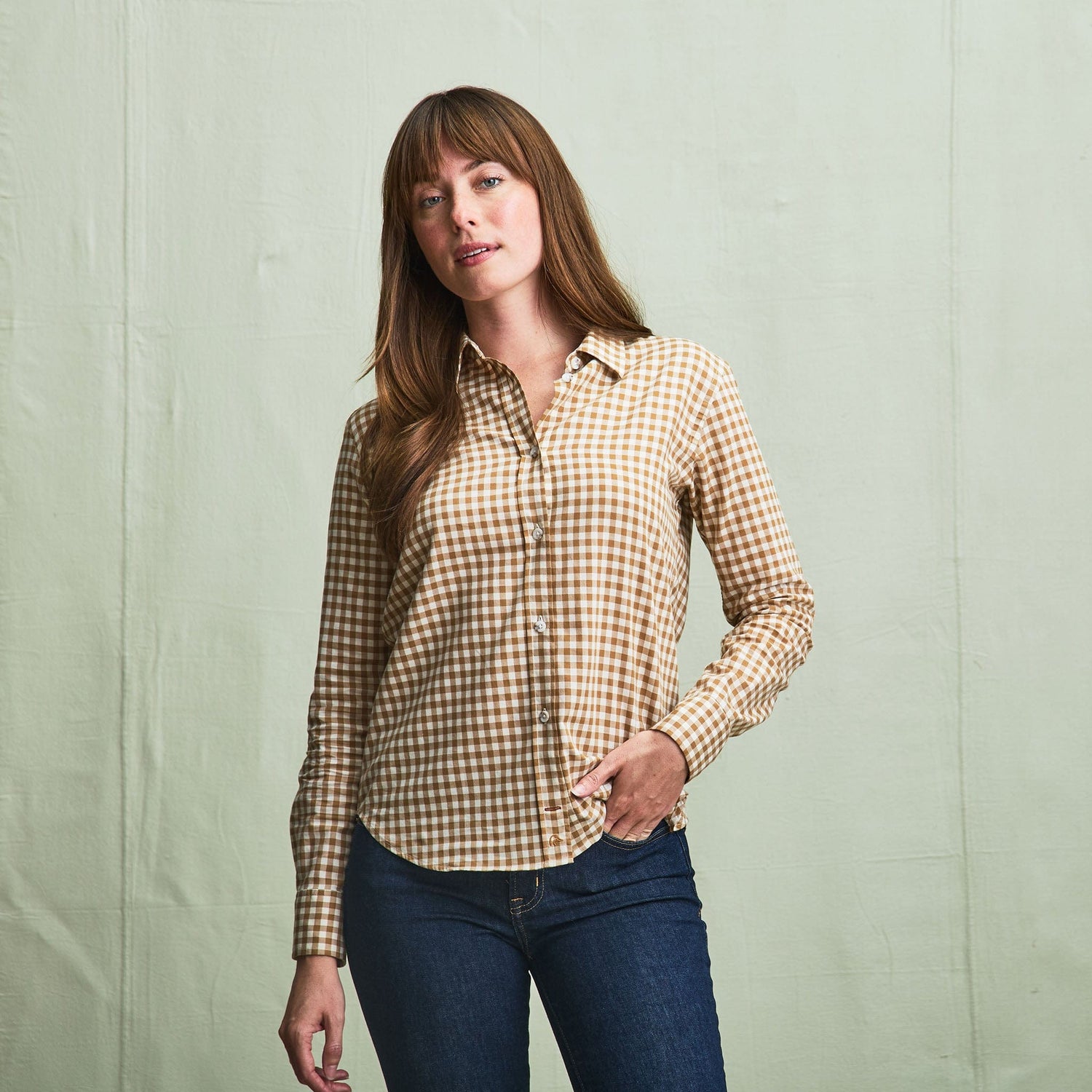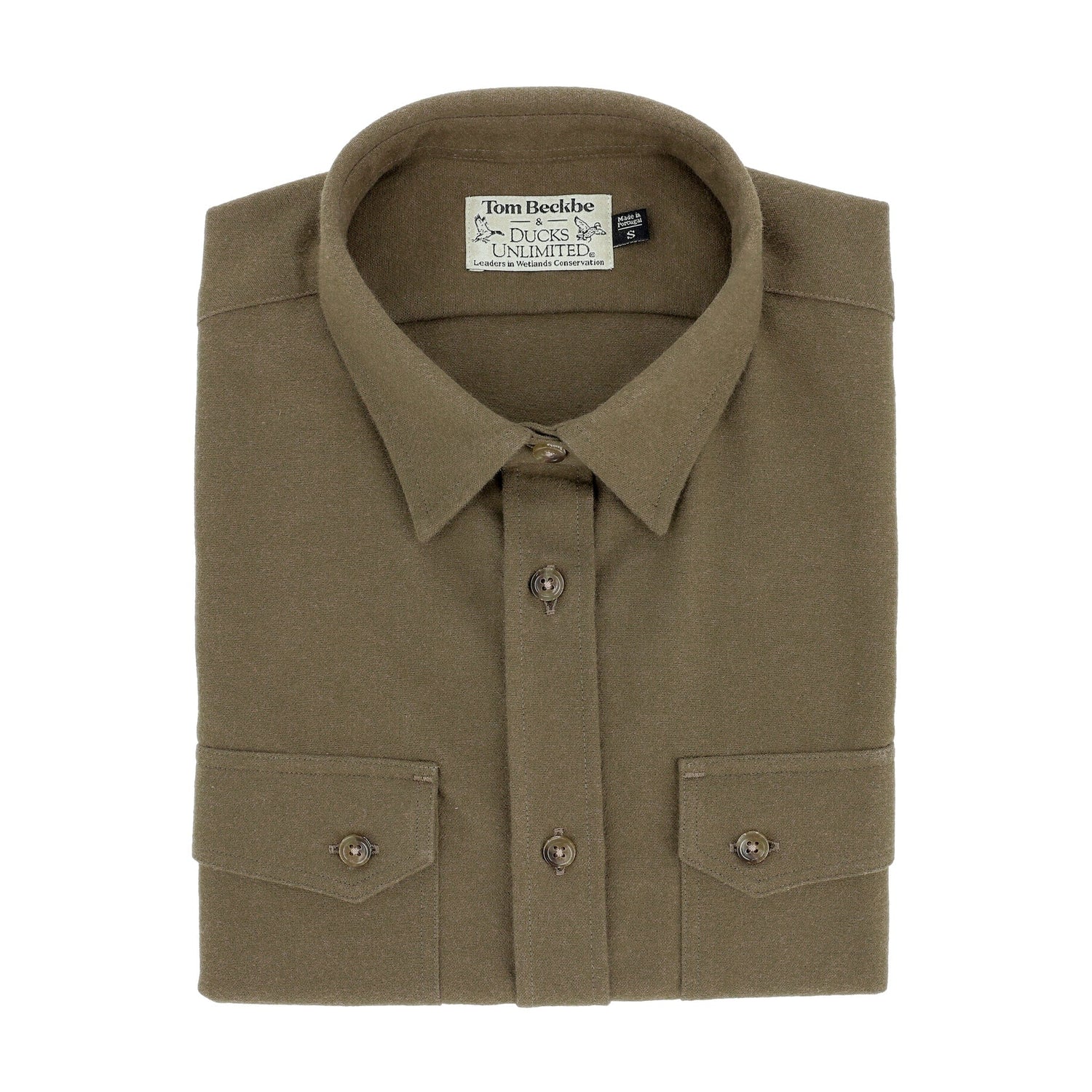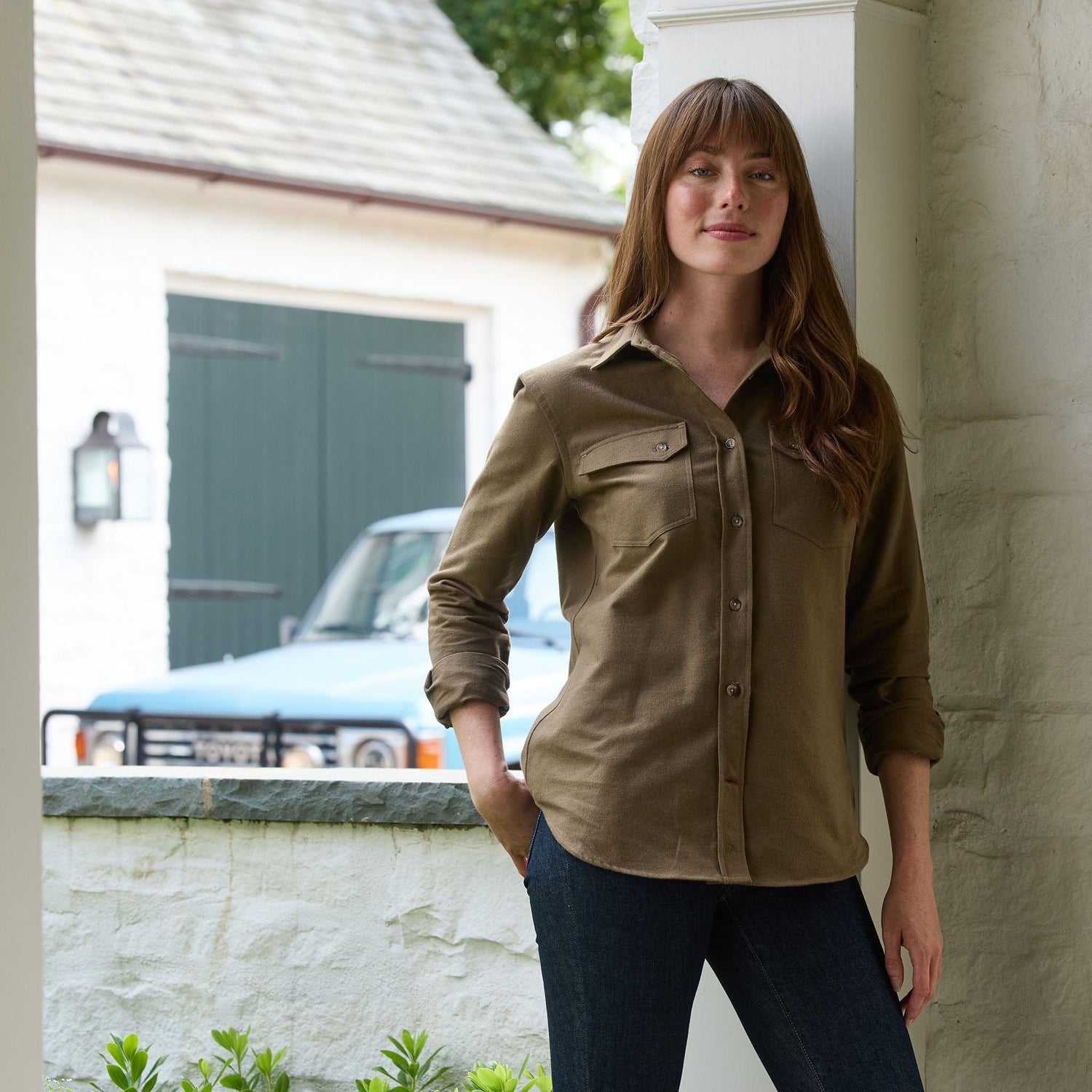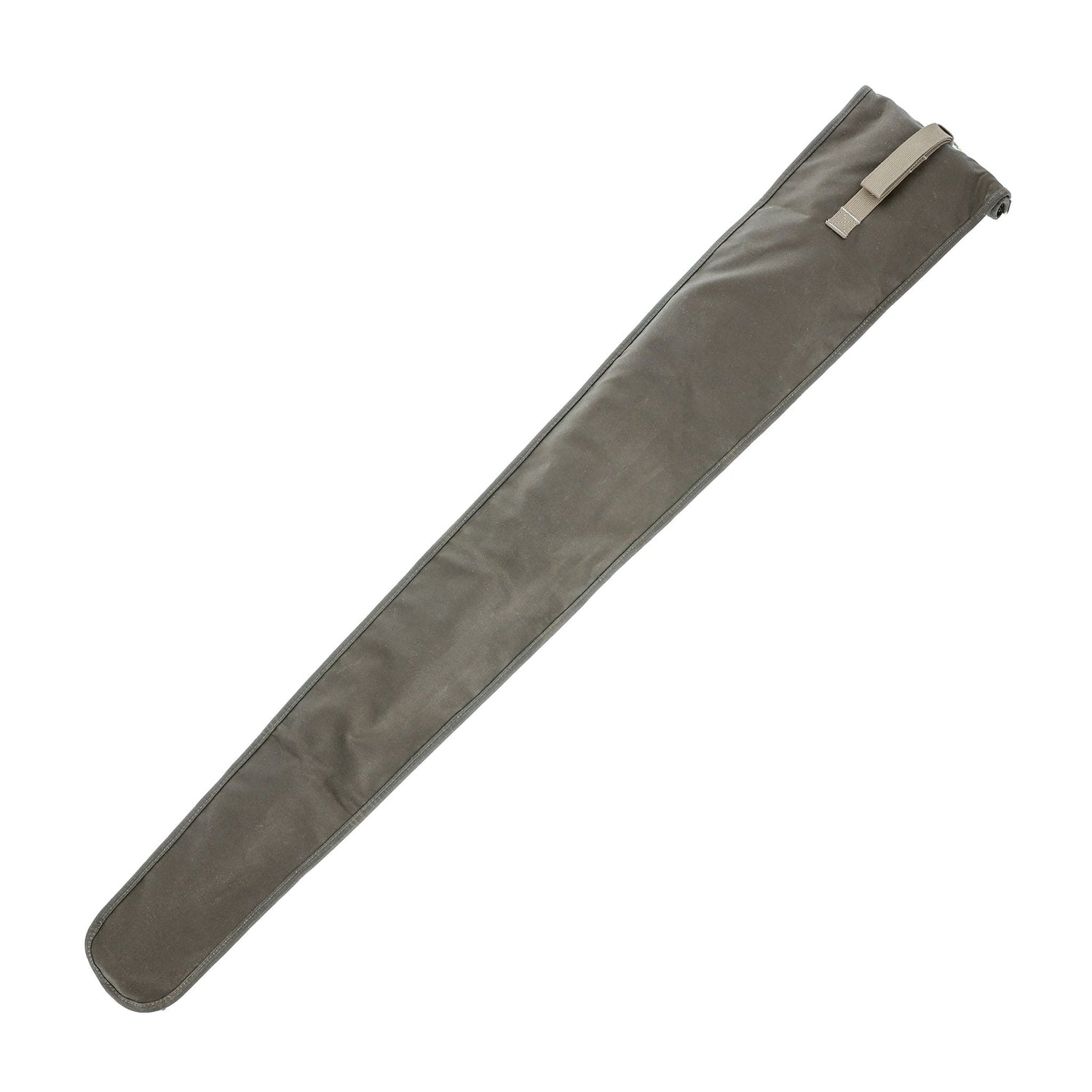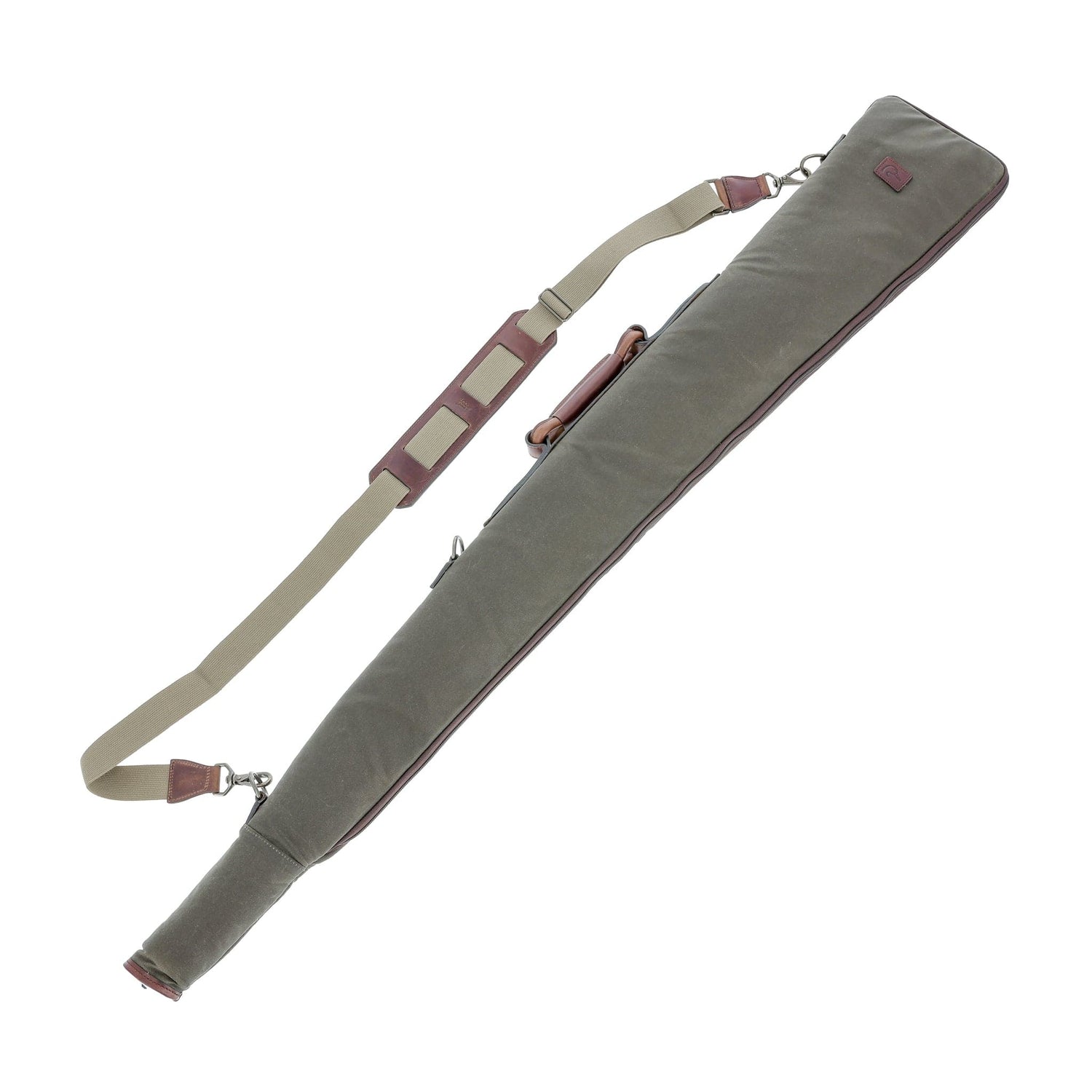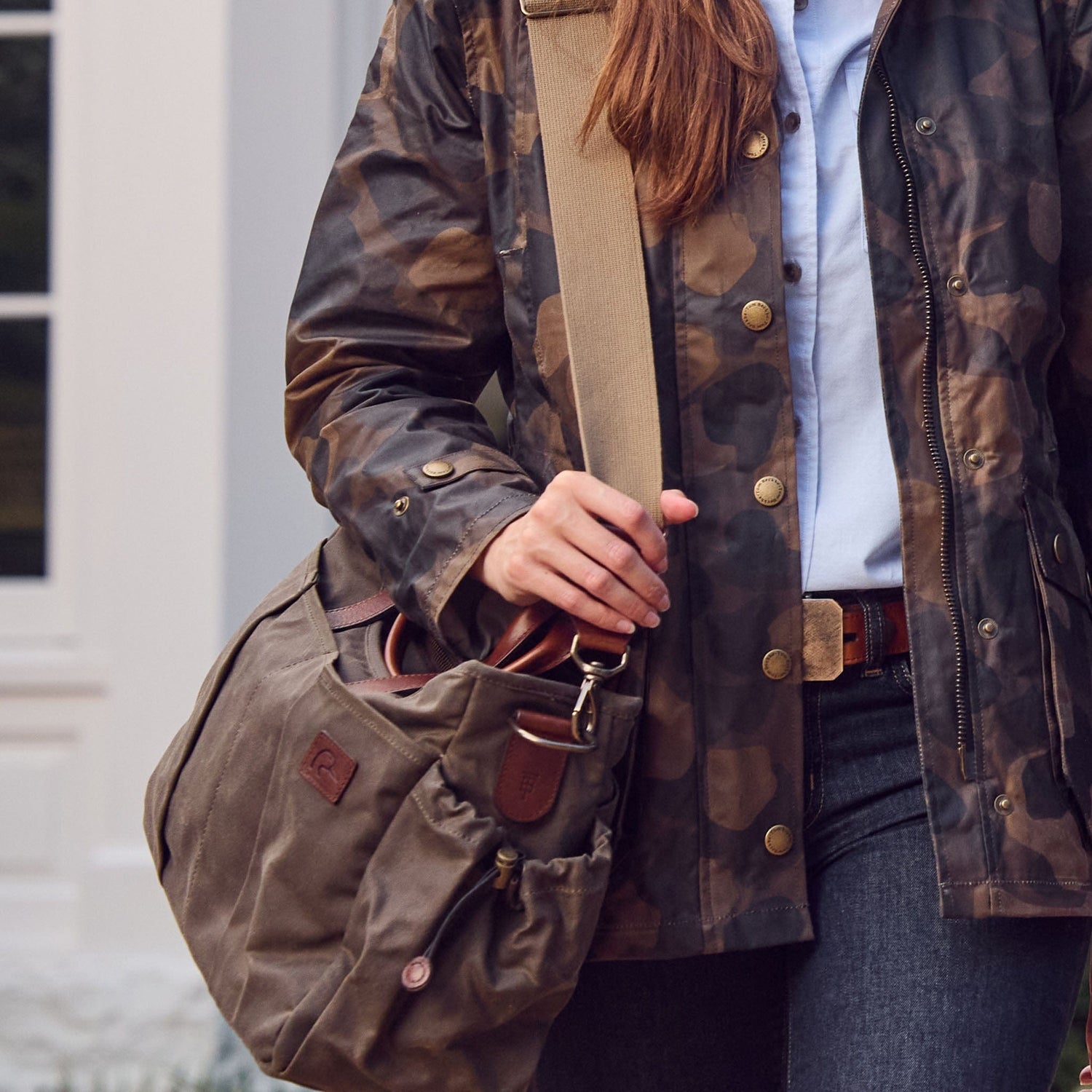It’s 6:42 AM and 22° at charter captain and waterfowl guide Mike Kent’s farm on Maryland’s Eastern Shore. The sun is still announcing itself in a whisper, dawn’s fierce clarity just beginning to overcome winter’s night sky. To the east, the naked limbs of a hardwood forest stretch towards a narrow band of fiery orange as if trying to thaw out their fingertips. Standing in the frozen mud of the farm lane separating Kent’s home, the original portion of which was built in 1815 and served as a stop on the Underground Railroad, and a red barn that seems as if Winslow Homer might have just finished painting it into place, it’s easy to feel transported into any January of the last one hundred. That I am there to hunt Canada Geese from one of the pit blinds Kent operates as part of his guide service, surrounded by a field of silhouette decoys made by Roy Belcher, the man keeping a venerable Eastern Shore tradition alive, only makes the temporality of the moment feel more fluid.
Gifting has never been easier
Perfect if you're short on time or are unable to deliver your gift yourself. Enter your message and select when to send it.


